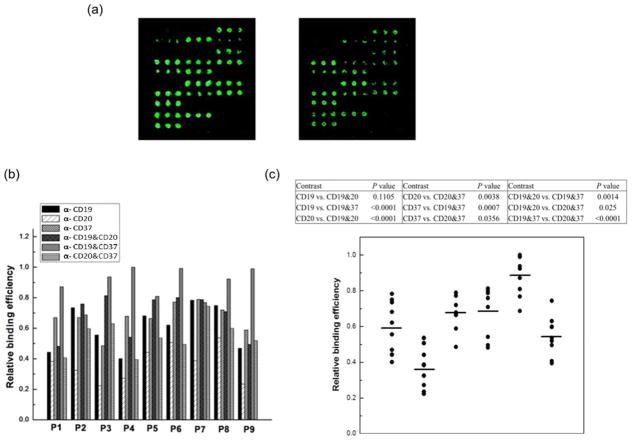Fig. 3. Binding efficiency of B-CLL cells on combinatorial antibody microarrays.
A library of antibody mixtures containing three antibodies (anti-CD19, anti-CD20 and anti-CD37) at equal total concentrations with all possible combinations was used for microarray assay. Total antibody concentration was maintained at 0.5 mg/ml. The CFSE (carboxy-fluorescein diacetate, succinimidyl ester; Invitrogen, Carlsbad CA) fluorescence labeled B-CLL patient cells (1.5×106/ml) were incubated with the Ab microarray. After removal of unbound cells, the quantified mean spot intensities were acquired and data (n=3, mean ± SD) was presented as relative binding efficiency. (A) Representative of Ab microarrays constructed by printing the anti-CD19, anti-CD20, anti-CD37 antibodies and their dual combinations at different concentrations. The highest binding fluorescence intensity in the Ab microarray was set as 1. (B and C) Quantitative binding profiles of cells from nine B-CLL patients on the combinatorial antibody microarrays (n=9). Linear mixed effect models were used to estimate unrestricted covariance structures and produce robust hypothesis tests. Holm’s method was used to adjust for multiplicity.

